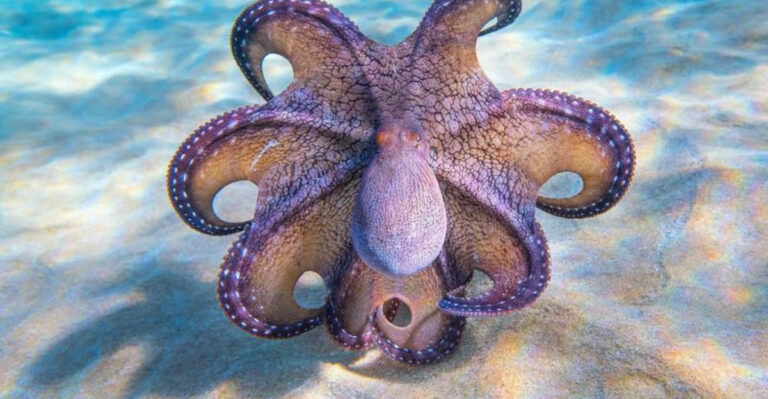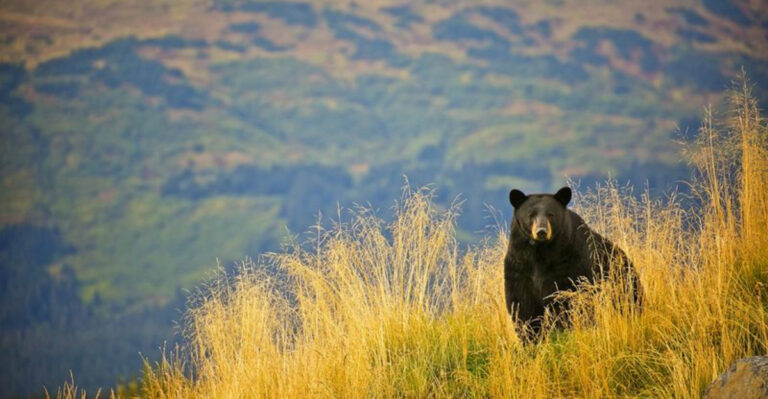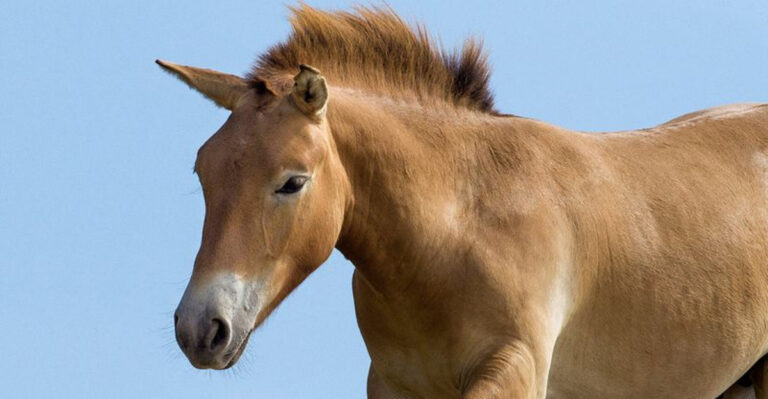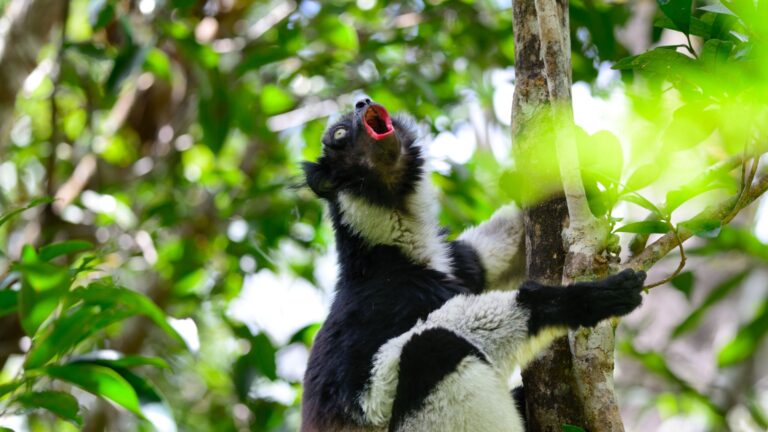13 Reasons Why Axolotls Are Slowly Disappearing From Our Waters
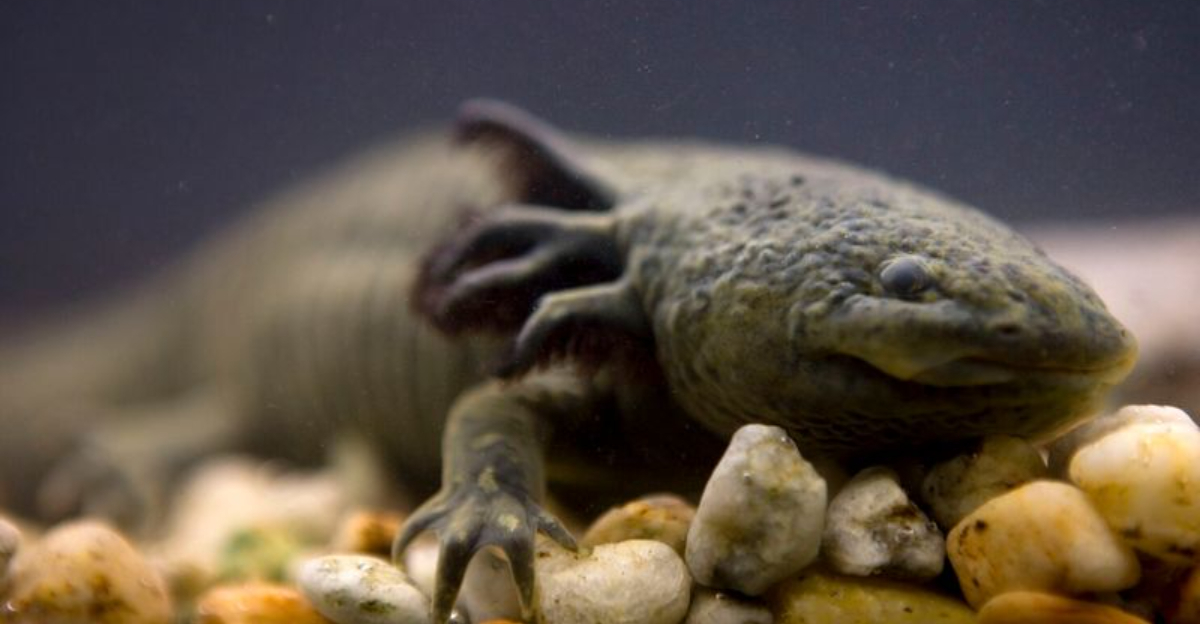
Axolotls, those smiling salamanders with frilly gills and amazing healing powers, are in serious trouble. These underwater wonders can regrow almost any body part – even parts of their brain! Native to Mexico’s lakes, these remarkable creatures have existed for thousands of years, but now they’re vanishing fast. Let’s explore why these magical animals are disappearing and what this means for our planet.
1. Axolotl’s Unique Features
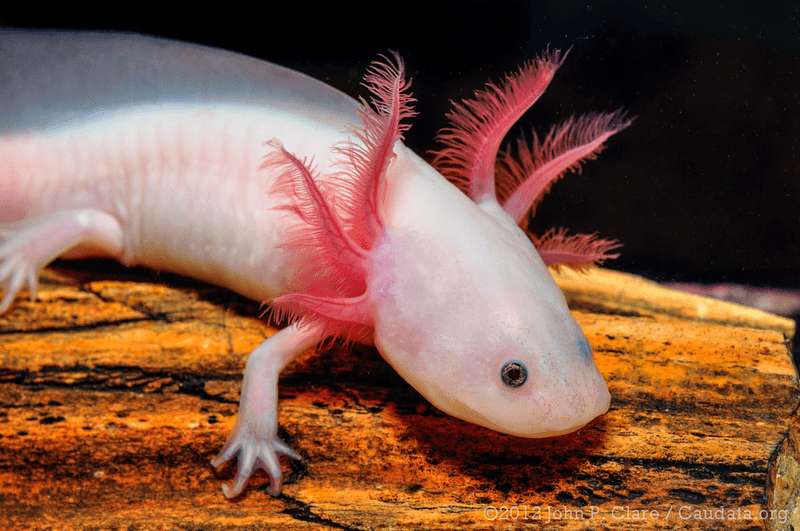
Axolotls are nature’s miracle healers, capable of regenerating limbs, organs, and even portions of their brain with incredible precision. Their perpetual smile and feathery external gills make them instantly recognizable.
Unlike most salamanders, axolotls never undergo metamorphosis, remaining in their aquatic juvenile form their entire lives. This unusual trait, called neoteny, has made them valuable to scientific research and beloved as exotic pets worldwide.
2. Habitat Destruction
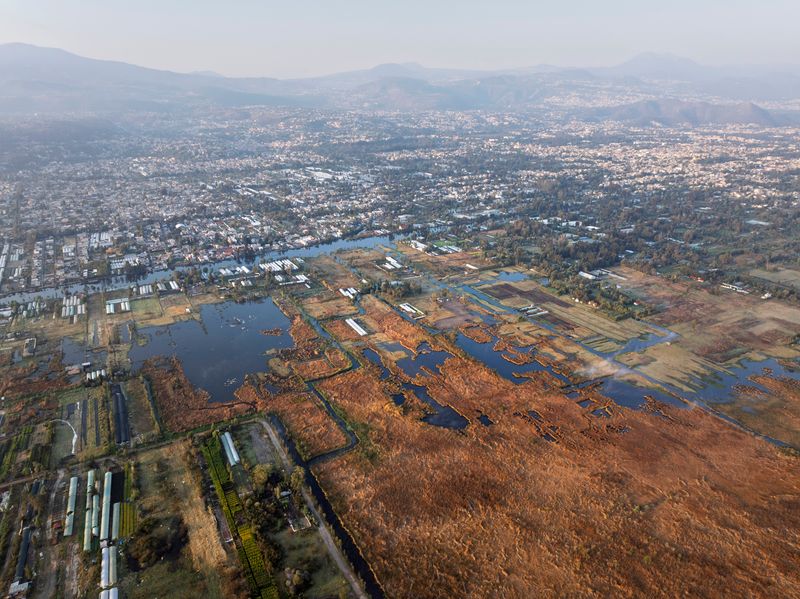
Mexico City’s explosive growth has swallowed up much of Lake Xochimilco, the axolotl’s primary home. Concrete and buildings now stand where these creatures once thrived freely.
The ancient canal systems that housed generations of axolotls have been drained, filled, or converted for human use. What remains is a fragmented shadow of their original habitat, forcing wild populations into increasingly cramped and isolated pockets.
3. Water Pollution
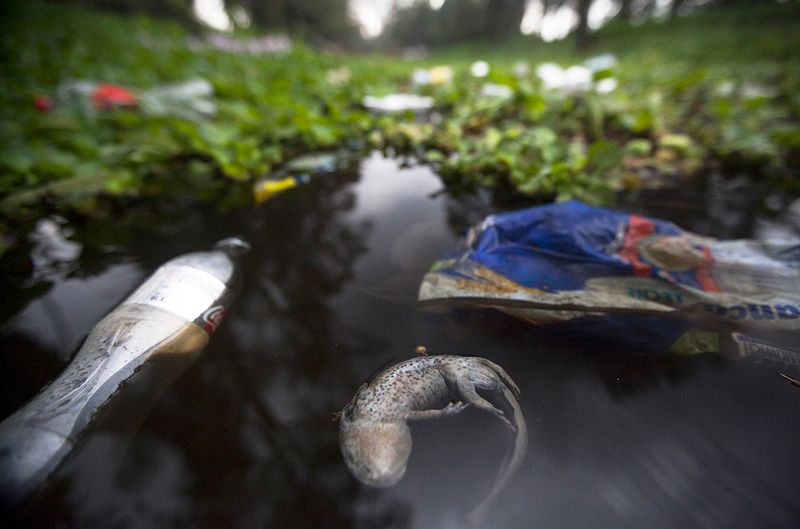
Factory waste and untreated sewage pour into the axolotl’s home waters daily. Their permeable skin absorbs these toxins directly, causing deformities and death.
Agricultural runoff containing pesticides disrupts their delicate hormonal systems. Heavy metals accumulate in their tissues over time, making reproduction difficult and shortening their lifespans dramatically in polluted environments.
4. Invasive Species
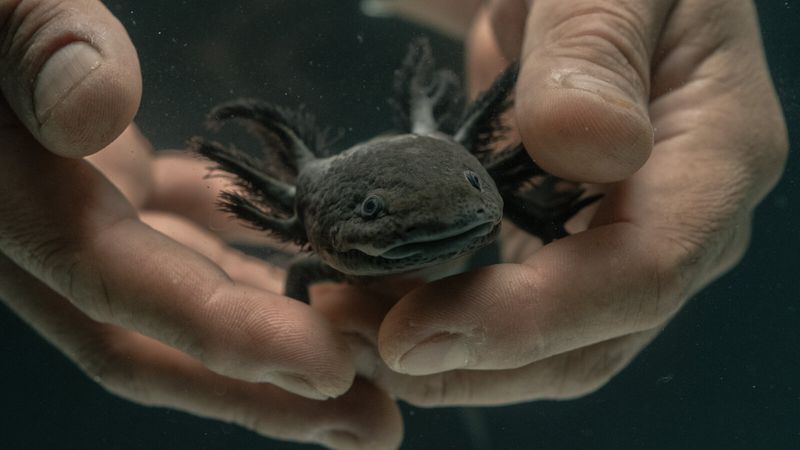
Tilapia and carp, introduced for fishing, have become unwelcome neighbors in axolotl territory. These aggressive fish gobble up the same food axolotls need and often snack on their eggs and young.
With few natural defenses, axolotls are easy targets. Their slow reproduction rate can’t keep pace with these invaders’ appetites, creating an unbalanced ecosystem where axolotls increasingly find themselves on the losing end.
5. Climate Change
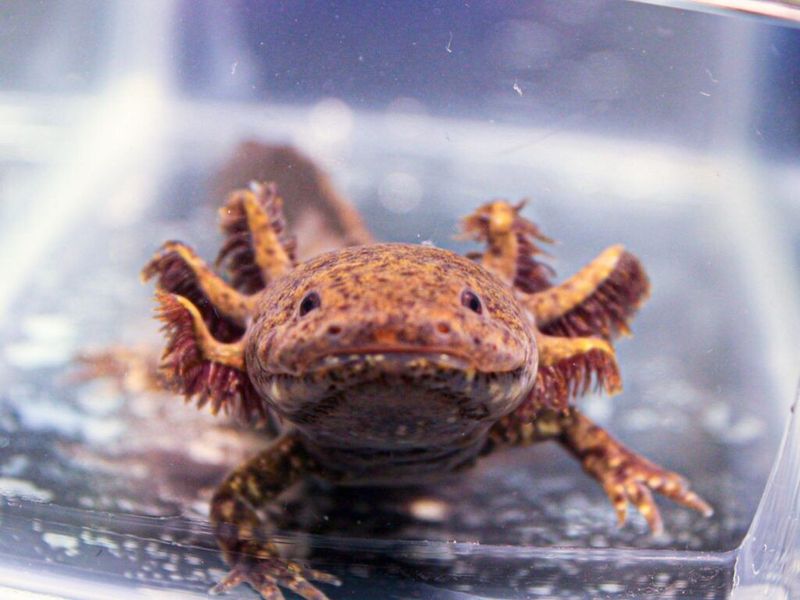
Rising global temperatures are heating the cool waters axolotls depend on. These sensitive creatures become stressed in warmer conditions, affecting their feeding and breeding behaviors.
Unpredictable rainfall patterns lead to flooding that washes away eggs or drought that shrinks their habitat. Climate change also alters oxygen levels in the water, creating another challenge for these gill-breathing animals trying to survive in an increasingly hostile environment.
6. Overfishing
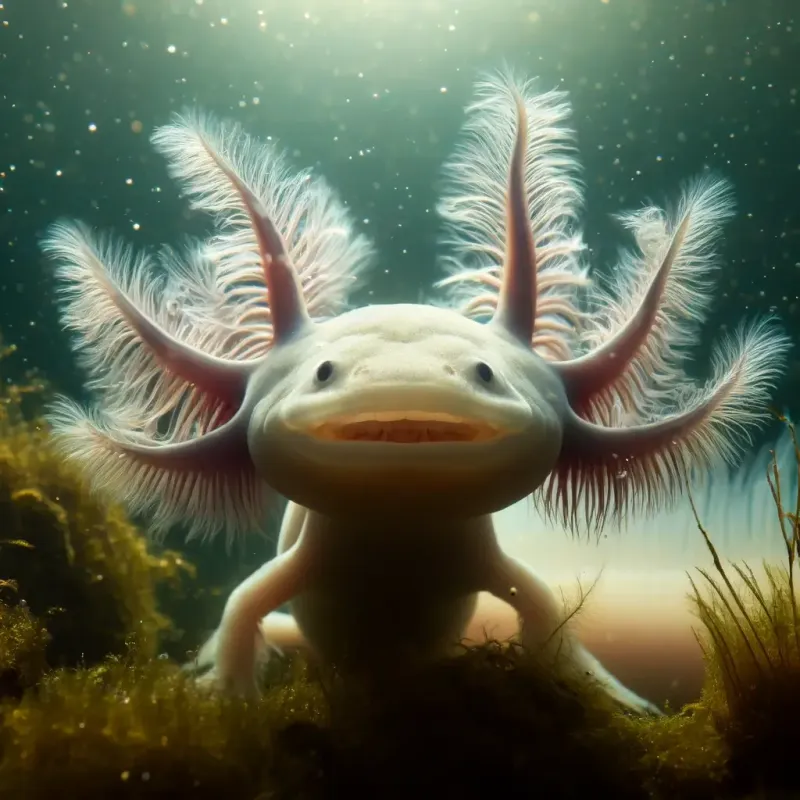
Axolotls were once a traditional food source for local communities around Lake Xochimilco. Modern fishing techniques have intensified the pressure on their dwindling populations.
Commercial nets don’t discriminate between axolotls and target fish. Many are accidentally caught and die before they can be returned to water. Even sustainable fishing disrupts breeding grounds when boats and equipment damage the delicate underwater plants axolotls use for shelter.
7. Inadequate Conservation Efforts
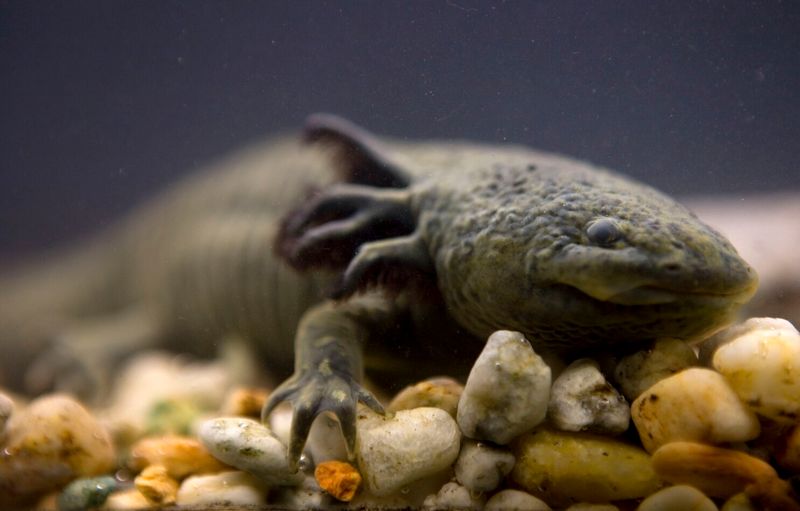
Many conservation programs for axolotls struggle with limited funding and resources. Without proper support, even the best intentions fall short of making meaningful change.
Local enforcement of protection laws remains spotty at best. The lack of consistent monitoring allows illegal activities to continue unchecked. Meanwhile, competing priorities often push axolotl conservation to the back burner until it’s potentially too late.
8. Loss Of Genetic Diversity
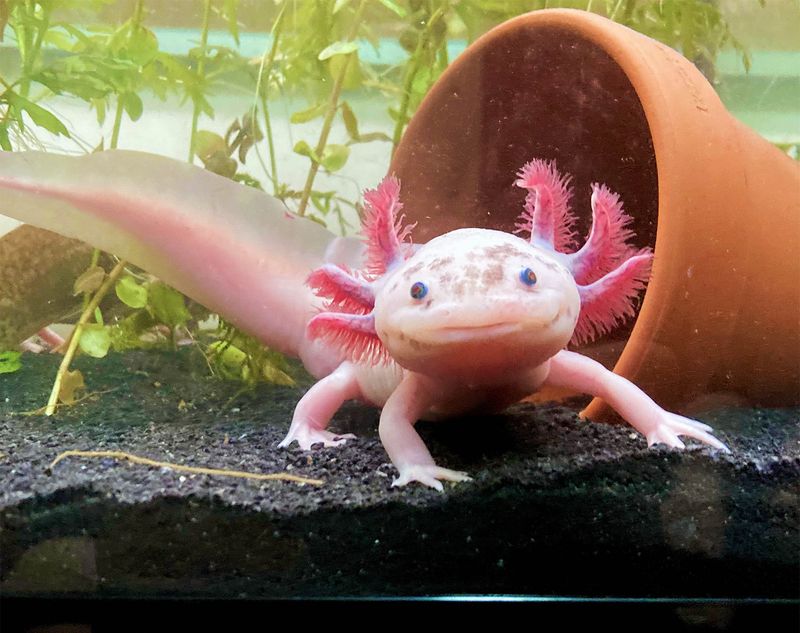
Wild axolotls now live in such small, isolated groups that inbreeding has become a serious problem. This genetic bottleneck makes each new generation less resilient against disease and environmental changes.
Scientists have documented decreasing genetic variation in remaining populations. While captive breeding programs maintain some diversity, they can’t capture the full genetic richness that once existed across the species, limiting the axolotl’s chances for long-term survival.
9. The Impact Of Urban Development On Wetlands
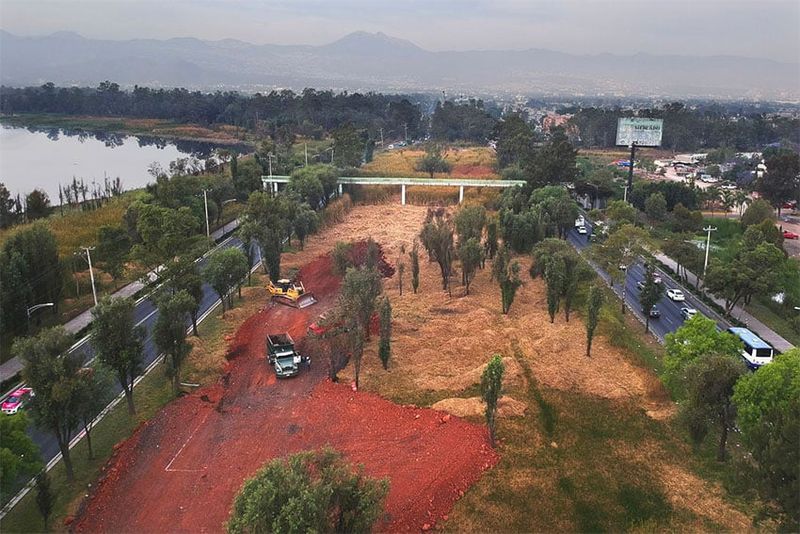
Mexico City’s expanding borders have transformed wetlands into neighborhoods, shopping centers, and industrial zones. Each development project chips away at the remaining axolotl territory.
Water extraction for the growing city lowers the water table that feeds axolotl habitats. Roads and buildings block the natural water flow patterns that once refreshed their environment. The constant construction activity introduces sediment that clouds the water, making it harder for axolotls to find food.
10. Predation From Non-Native Animals
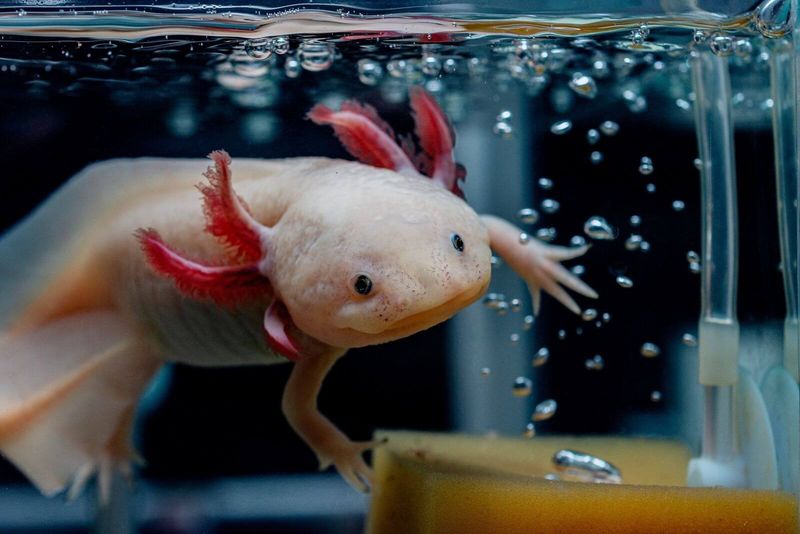
Introduced predators like African tilapia see axolotls as an easy meal. Having evolved without these threats, axolotls lack the defensive adaptations needed to escape or fight back effectively.
Even domestic animals contribute to the problem. Abandoned cats and dogs that become feral hunt along shorelines, while exotic aquarium fish released into the wild target axolotl eggs. This multi-species assault from animals that shouldn’t be there puts tremendous pressure on surviving populations.
11. Illegal Pet Trade
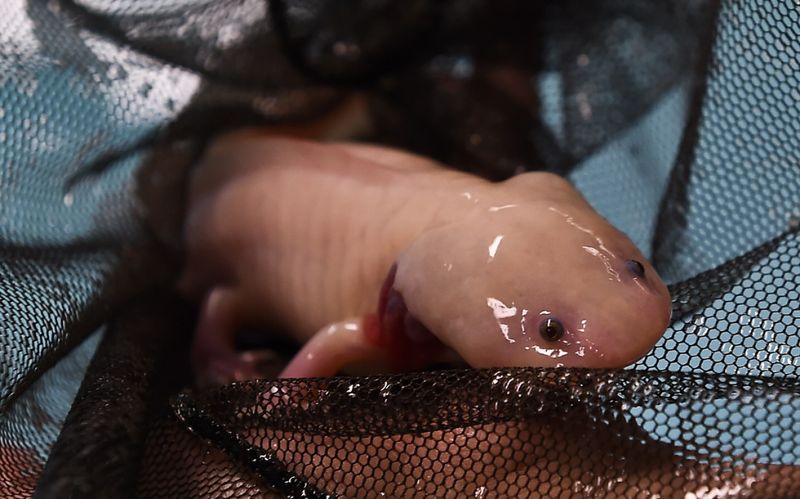
The internet has fueled demand for axolotls as unusual pets, encouraging poachers to capture wild specimens. Unlike captive-bred animals, taking axolotls from their natural habitat directly reduces the breeding population.
Many captured axolotls die during transport or from improper care. Smugglers often target the rarest color variations, removing the most genetically valuable individuals from the wild and further endangering the species’ future.
12. Pollution Of Aquatic Plants
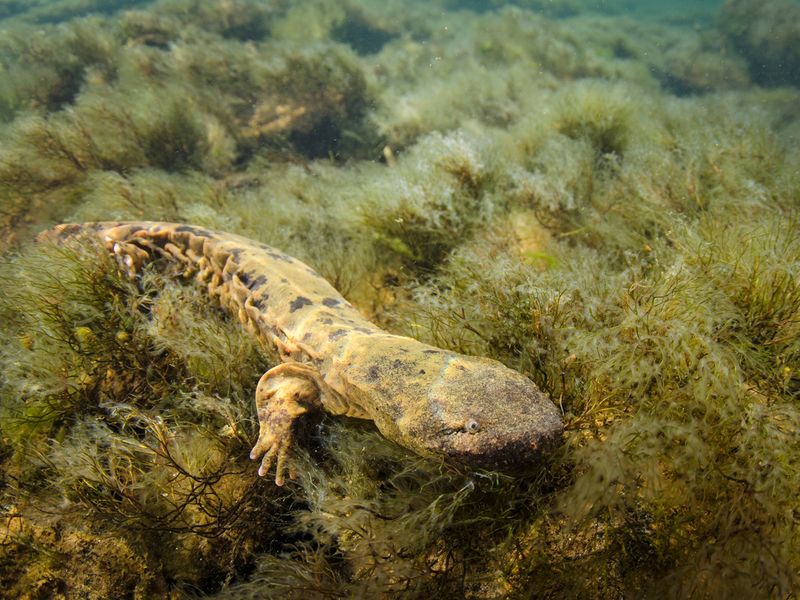
Fertilizer runoff creates algae blooms that choke out the water plants axolotls rely on. Without these plants, axolotls lose both their hiding places and important breeding grounds.
Herbicides from nearby farms kill off beneficial vegetation. The complex underwater ecosystem that supported axolotls for centuries unravels as these plants disappear. Many aquatic insects that form the base of the axolotl food chain also vanish when their plant habitats die off.
13. Efforts To Save The Axolotl
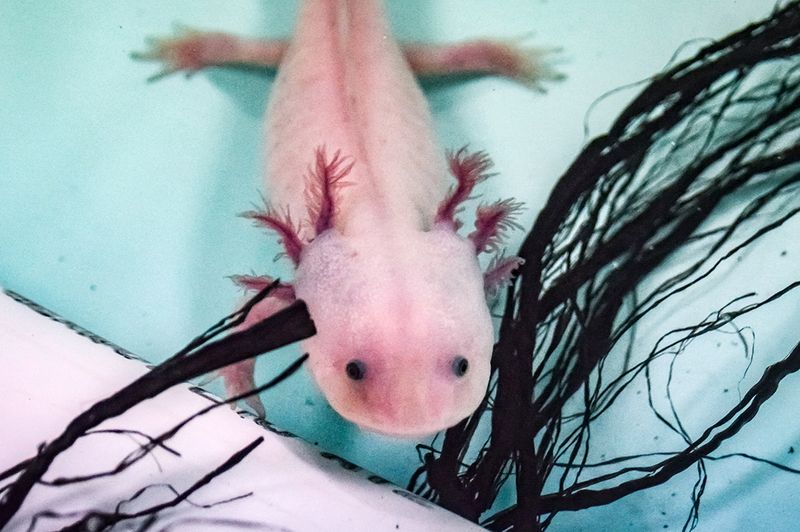
Conservation groups are creating protected sanctuaries where axolotls can breed safely. Local communities now participate in citizen science programs, monitoring water quality and reporting sightings.
Captive breeding ensures genetic lines continue even if wild populations vanish. Educational programs in Mexican schools build awareness among younger generations. While challenges remain enormous, these combined efforts offer a glimmer of hope for the smiling swimmers who’ve captured hearts worldwide.


